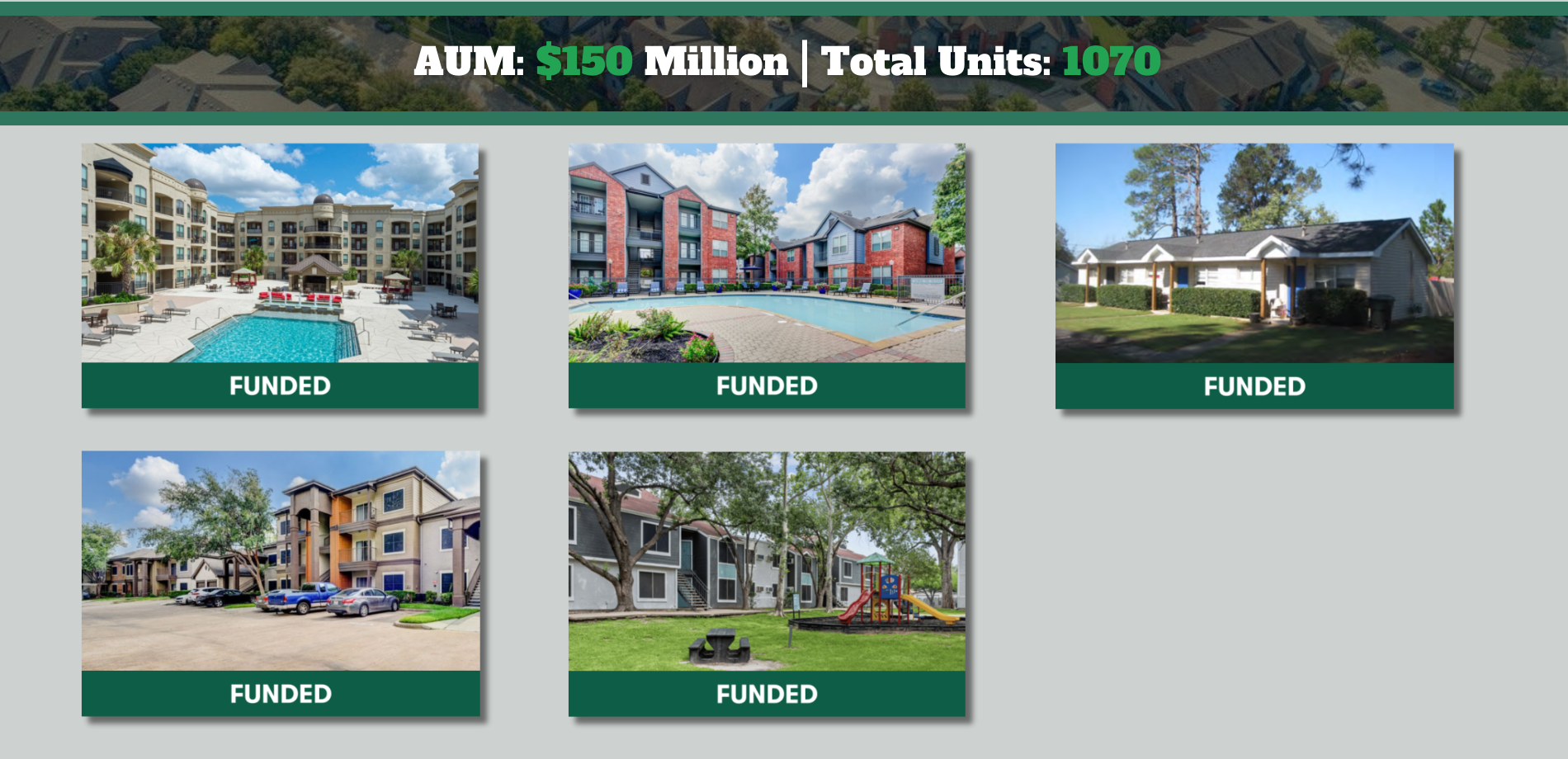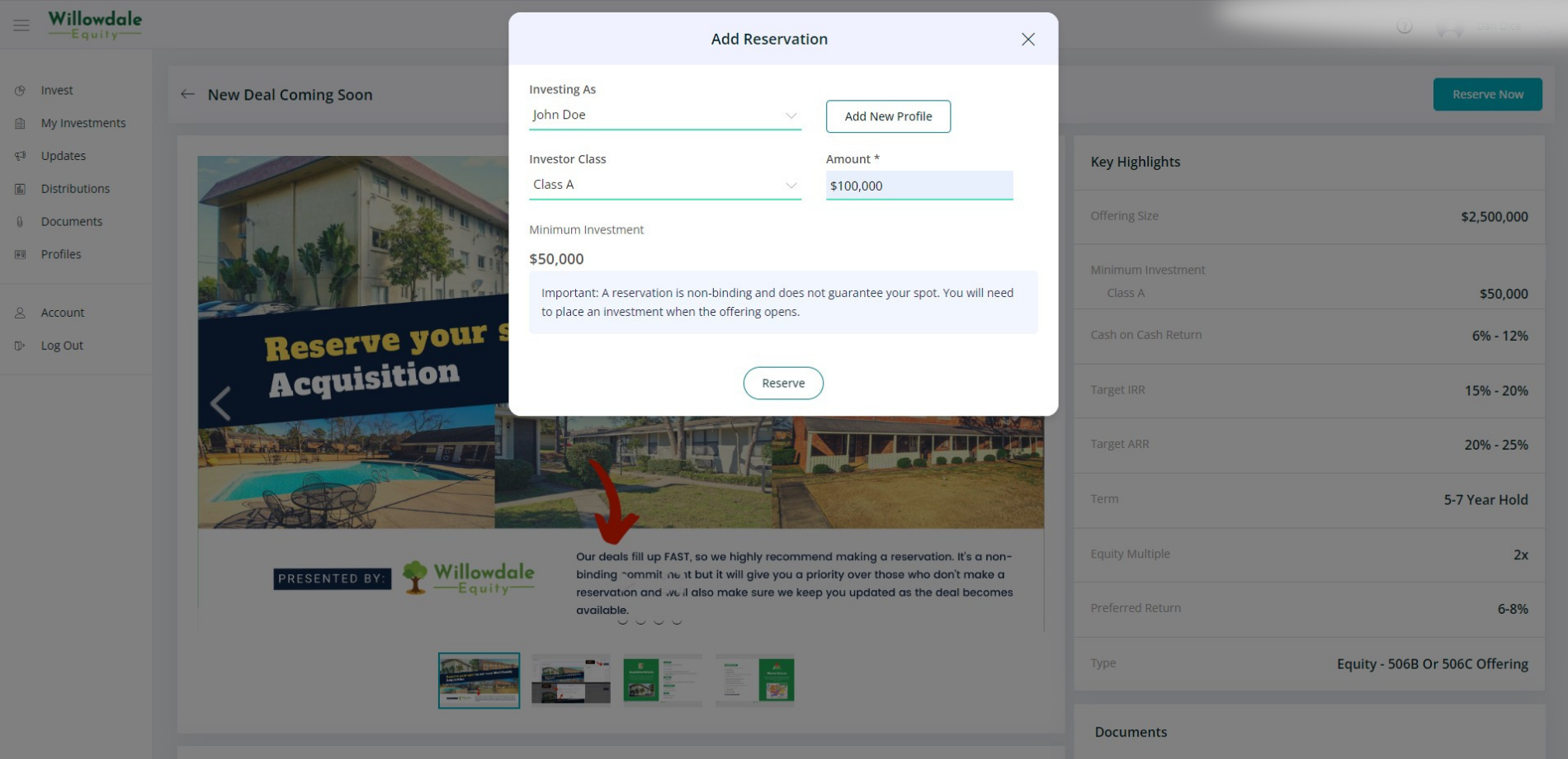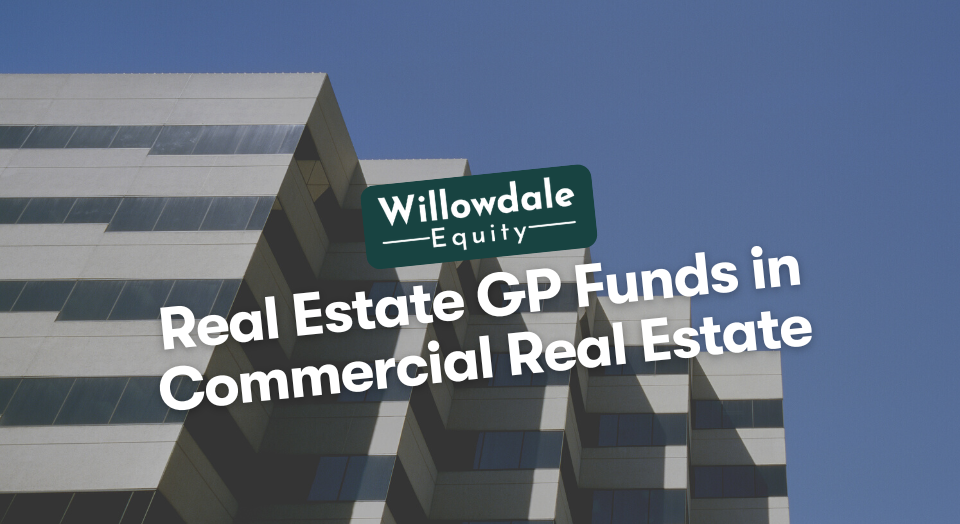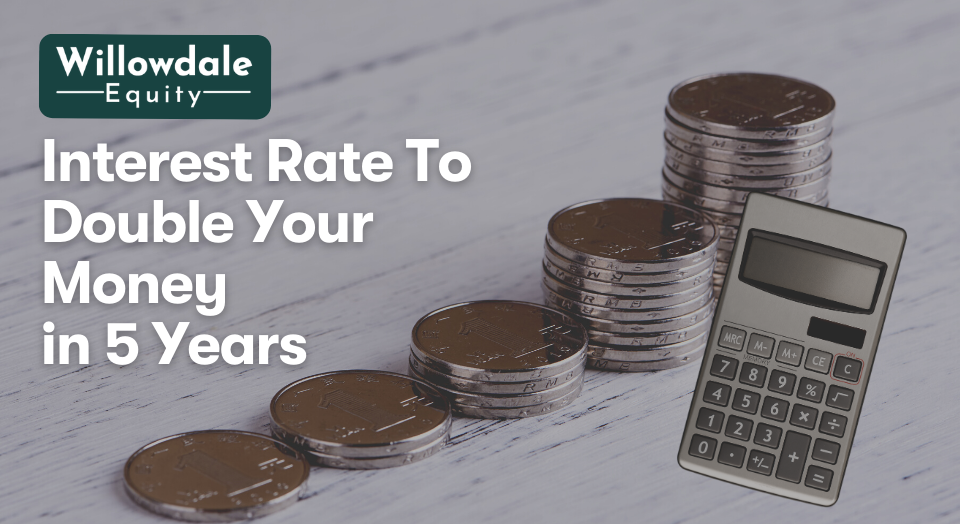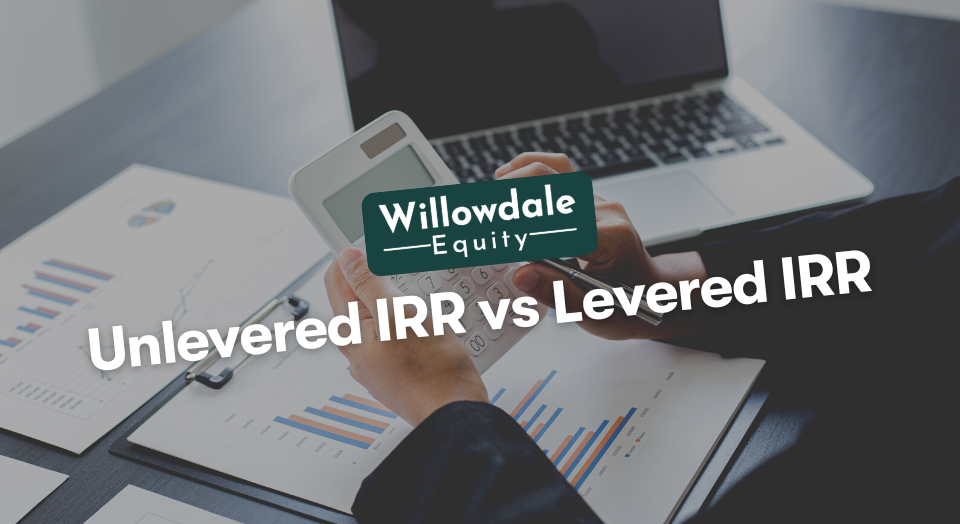
Unlevered IRR vs Levered IRR in Real Estate Investing
This article is part of our guide on what a good IRR is for multifamily, available here.
You’re likely familiar with the countless metrics real estate investors use to analyze a property’s return on investment. You always miss essential information when looking exclusively at a property’s cap rate, ROI or ROE. No one metric can show you everything about a property.
However, the internal rate of return is a metric that comes close. By using a formula that accounts for the time value of money, investors can use this formula to analyze a property’s return while taking downside risk and other real estate investment opportunities into account.
Key Takeaways
-
The internal rate of return in real estate investing is a metric that measures a property’s profitability over a fixed time period.
-
Levered IRR is the same calculation, except it takes a property’s debt into account.
-
Unlevered IRR is the IRR without taking financing into account.
What is the IRR (Internal Rate of Return) in Real Estate Investing?
The internal rate of return in real estate investing is a metric that measures a property’s profitability over a fixed time period. It takes into account not only the property’s cash flow and invested capital but also the time value of money and the opportunity cost of investing that money in one project compared to another.
The time value of money is significant; a dollar today is worth more than a dollar promised tomorrow. Even with a well-managed property, you must consider tenant default risk and other factors that may hinder a property’s future cash flow.
What is a Levered IRR?
Levered IRR is the same calculation, except it takes a property’s debt into account. This will show a higher percentage than the unlevered IRR due to the leverage that financing creates. By trading off the risk associated with financing, investors increase their opportunity cost and reduce their yield on invested capital.
Let’s look at an example below.
An Example of Levered IRR
Let’s say you’re thinking of investing in a $500,000 property for 5 years. You put down $100,000, and the property generates $36,000 in net cash flow for the first year.
Let’s say that the average annual rent increase is 3% and after 5 years the yearly cash flow is $40,518.
Using the above formula, the property has an IRR of 26%, an excellent outcome. This property is likely a good investment, and after analyzing other metrics, an investor would likely choose this property with an appropriate amount of financial leverage. Without leverage, the IRR would be much lower.
What is an Unlevered IRR?
Unlevered IRR is the IRR without taking financing into account. This is as if you bought a property in all cash, which will generally generate a lower return on invested capital. While the return is lower, there is theoretically less risk as the investor retains 100% of their equity in the property.
An Example of Unlevered IRR
Let’s take the same property as above. Instead of financing $400,000 and contributing only $100,000 of your own money, you pay $500,000 cash for the property.
Even with the same annual cash flow and rent increases, the IRR is only 10% in this all-cash situation. While that is still a good IRR, it doesn’t come close to that of a levered deal.
The yield on cost is another good metric to similarly understand what return can be generated based on the total cost of the acquisition, including the capital improvements.
Unlevered IRR vs Levered IRR: What's the Difference?

As the names suggest, the unlevered IRR is calculated without leverage (debt) while the levered IRR is. Even if the initial investment isn’t an all-cash deal, unlevered IRR looks at the cash component of a levered deal.
Levered IRR, however, analyzes the property with debt. This will generally yield a higher IRR as you will have the same future cash flows with much less capital invested.
What is a Good Unlevered IRR?
6-10% is generally considered to be a good unlevered IRR. Since IRR looks at the relationship between return and risk, this will ultimately be lower than the levered return in addition to the reasons above.
The risk can also be analyzed based on the project’s length. Alone with metrics like ROE and ROI, a good IRR can be another indicator that helps make a buying decision.
What is a Good Levered IRR?
When analyzing a multifamily property, a levered IRR of 12% – 20% is considered good. This is higher than the unlevered IRR because the cash investment is lower since the remainder of the acquisition cost is financed. While there is more risk with leverage which is generally manageable and worth the increased returns generated.
Understanding how markets influence what is considered a “good” IRR is also essential. In cities like New York, where there is high demand, there are many more cash deals, and investors are often comfortable with low single-digit returns.
In most of the US, however, returns like that are unacceptable to most investors. This is because investors are willing to trade some of this return for a highly liquid market like New York City.
Frequently Asked Questions About IRR Levered vs Unlevered
A property’s levered IRR is almost always higher than the unlevered because it considers debt. The cash invested in the property is lower with financing, but the cash flow remains the same.
Levered return is the return when taking financing into account. The return will be higher percentage-wise than for an all-cash deal.
Unlevered vs Levered IRR - Conclusion
Now that you understand the difference between unlevered and levered IRR in commercial real estate, you’ll be better equipped to factor in the time value of your initial equity investment and how debt enhances that.
However, as you continue your investing journey, it’s best not to do so alone. Join the Willowdale Equity investor club today to get you access to exclusive value-add multifamily real estate investments across the southeastern United States.
Sources:
CalculateStuff, “Internal Rate of Return (IRR)“
The Willowdale Equity Investment Club is a private group of investors that are looking to passively grow their capital and share in all the tax benefits through multifamily real estate investments.
